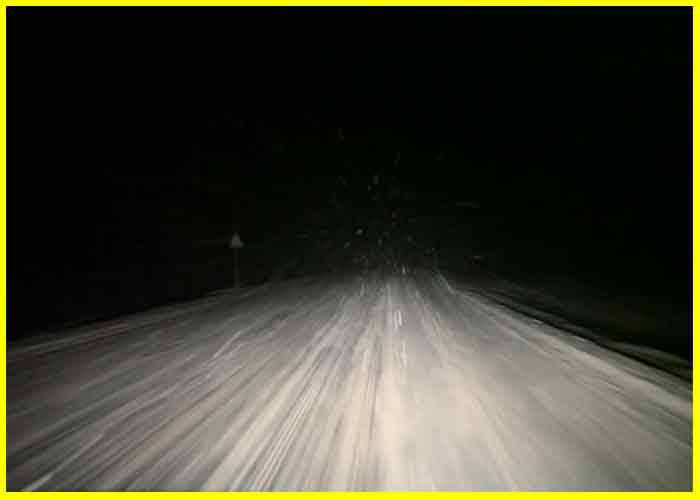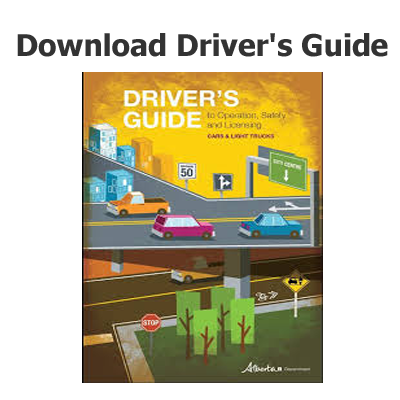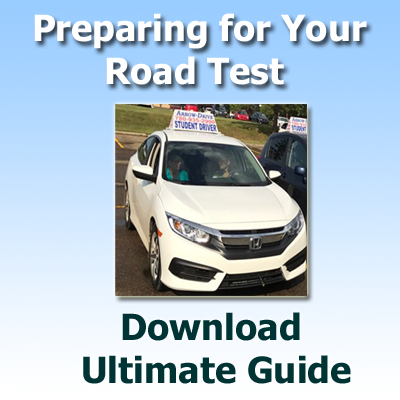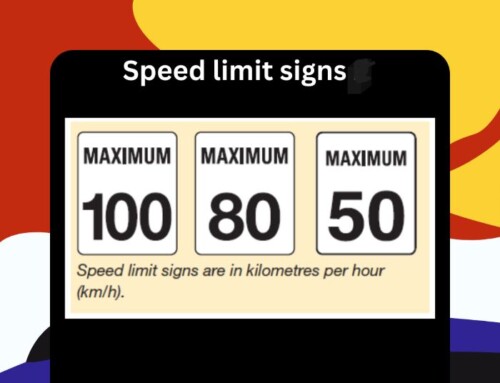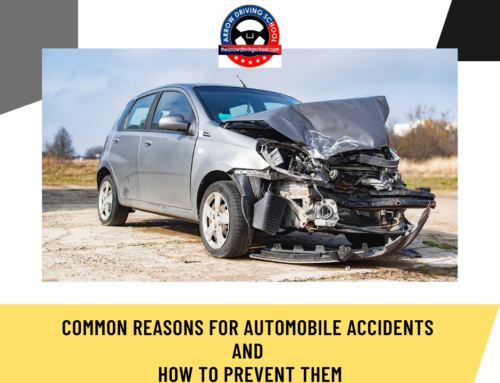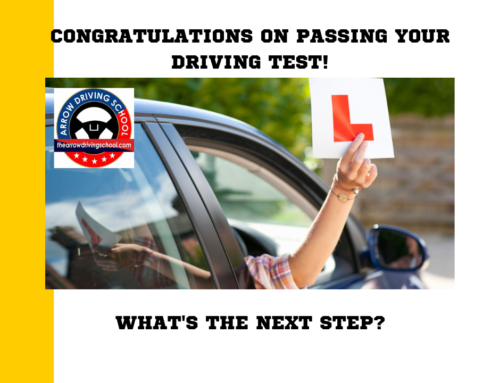Driving at Night – Important Tips for Safe Night Driving
NIGHTTIME DRIVING: TIPS TO DRIVE SAFE AND PEACEFULLY
Driving at night is dreadful and requires undivided attention and proper driving knowledge. Human eyes lack a deeper perception and proper color recognition at night. On top of that, peripheral vision is also highly compromised in dark. According to National Safety Council, 50% of traffic deaths happen at night in the U.S. However, nighttime driving only accounts for a quarter of total driving. This data portrays that driving at night is very dangerous if essential precautions; both before you hit the road and while you’re on the road are not taken. Here, we will talk about some major nighttime driving tips which when followed helps us reduce the chances of fatalities.
1. Be skilled at driving:
Needless to say, driving at night requires a skilled driver in comparison to day-driving. One must take necessary driving lessons at a driving school such as Arrow Driving School if they are new to driving. Even as an intermediate driver, taking driving lessons at a driving school once in a few years is helpful since it helps update you on new traffic rules. It is helpful to take a driving lesson on defensive driving (also available at Arrow Driving School) and practice it. Students learn to improve their driving skills with defensive driving courses by reducing their driving risks as they are taught to predict circumstances and make well-informed and wise decisions.
2. Gather proper information on how headlights and high beam operates:
What can be more essential at night than learning how the lights work? One must be able to know when to use headlights and when to turn on the high beam. You may need to use the high beams of your vehicle in rural areas or on roads with few street lights to see the road clearly. However, while driving, our safety doesn’t necessarily lie on our hands. We should also make sure to not disturb and distract other vehicles nearby. Thus, it is also necessary to refrain from high-beaming oncoming vehicles.
3. Don’t look at bright light:
Bright lights will significantly interrupt your night-time focus. Within the car, your eyes are used to the soft light and the dark road ahead. Make sure you turn your gaze away and do not let those oncoming high-beams disrupt your concentration.
4. Lower your speed:
Since your response time is slower at night than it is in the daytime, it is wise to drive at a slower pace at night. At dark, it will be harder to see what’s ahead of you on the road even with headlights on.
5. Be very attentive and reduce distractions as much as possible:
As discussed above, our nighttime response time is not very quick. Being attentive and making driving your primary and one and only focus is a no-brainer. Furthermore, it is more likely to encounter drunk bikers/drivers at night and we must be able to make quick and correct decisions in case of panic. Likewise, we should also be watchful of many animals; especially deer, roaming around the highways in
dark. Not taking any calls, avoiding listening to music/radios or turning them down to a very low volume, avoiding side-talks with passengers and requesting them to assist you at driving can prove to be very fruitful while driving at night.
6. Make sure that both you and your eye-sight is healthy:
You might experience fatigue and lack of energy while driving at night. In case of such scenarios, do not hesitate to pull over. If available, ask someone else to take over the wheel. If you have problems related to eye-sight, maintain your eyesight, and make sure to wear proper powered glasses tailored to your eyesight. Unwanted eye-sight related surprises can be fatal.
If all these tips are taken into consideration, you are more likely to experience peaceful and safe nighttime driving.

